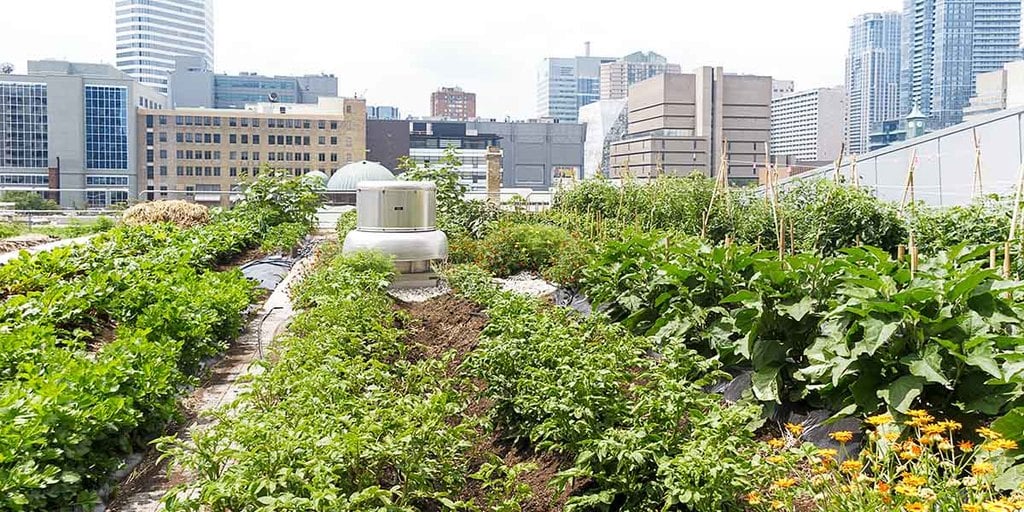The 5-Minute Rule for City Blooming
Intrigued in expanding food up for sale in the City of Chicago? Thinking of starting a community yard? Modifications to the Chicago Zoning Ordinance permit agricultural uses like area gardens and metropolitan ranches in lots of parts of the city. Below is a list of frequently asked concerns relating to the guidelines and regulations that farmers should consider when intending a city agriculture project.
The zoning amendment does not customize any kind of other codes managing composting, building permits, acquiring or leasing City had home, company licenses or ecological contamination. There are existing codes that manage these issues and they remain completely effect and may apply to your project. Neighborhood gardens are typically owned or handled by public entities, civic companies or community-based companies and preserved by volunteers.
Urban farms grow food that is meant to be marketed, either on a not-for-profit or for-profit basis. Due to their industrial purpose, city ranches need a business certificate.
The Greatest Guide To City Blooming
The amount of compost material can not go beyond 25 cubic lawns at any kind of offered time according to the criteria in 7-28-715 of the City's Municipal Code. Since the dirt at a lot of brand-new garden sites requires modifying, garden compost, dirt, wood chips, or other materials can be gotten to create or boost the growing space.

If a structure authorization is needed then the hoophouse will be considered an accessory building. You can discover out more concerning the structure permit requirements by getting in touch with the Division of Structures. The 25,000-square-foot size limit is planned to stop a single neighborhood yard from dominating a provided block or interfering with the block's existing domestic or industrial character.
The limit does not apply to yards found in Public Open Space (POS) districts. Can there be more than one area yard that is 25,000 square feet on a single block? Secure fencing is not needed, nevertheless, gardens that have big car parking locations might be needed to set up fence or various other landscaping features.
The Greatest Guide To City Blooming
B1 & B2 districts require that all industrial use tasks be carried out inside. R districts restrict industrial activity. The regulations mirror the purpose and intent of the Zoning Code. Is secure fencing needed for metropolitan ranches? Yes. Fences may be needed, together with landscape design and testing, for sure vehicle parking areas and outside work or storage locations depending on place and the specific task taking place.
Yes. Urban ranches require structure permits and zoning authorizations prior to construction. Other types of city review may be called for depending upon particular structures, tasks, size, landscape design, licensing, public health and stormwater management issues. Many of these needs are identified in the task design or permitting procedure, however, the candidate may be responsible to individually recognize details licenses or allows that may be required.
Yes. The kind of license is identified by what is occurring at the site. The Department of Service Affairs and Consumer Security can aid figure out the details kind of organization certificate that's needed. Yes. Off road car park is needed for a lot of commercial tasks in Chicago. The needed number of auto parking areas is based on the variety of staff members servicing site and not the square video of the expanding room.
The Facts About City Blooming Revealed

Yes. A metropolitan farm can market compost product generated on site, nevertheless, the procedure must adhere to the regulations in 7-28-715 of the Chicago Municipal Code. Yes. Aquaponic systems are enabled inside on metropolitan ranches in several zoning districts. Nevertheless, a zoning testimonial and structure permit is called for in order to mount structures or systems and a business certificate is needed as explained over.
As much as 5 hives or nests of honey might be maintained as an accessory use. Nonetheless, beekeepers should register with the Illinois Division of Agriculture. To learn more about the suggested zoning check that amendment you may contact the Department of Real Estate and Economic Development, Bureau of Planning and Zoning at 312.744.8563.
Farming in cities and metropolitan areas A metropolitan farm in Chicago. Urban agriculture describes different techniques of cultivating. https://yoomark.com/content/home-city-blooming, processing, and dispersing food in city areas. The term likewise puts on the location activities of animal husbandry, tank farming, beekeeping, and gardening in a city context. Urban agriculture is differentiated from peri-urban farming, which takes place in backwoods at the side of suburbs.
7 Simple Techniques For City Blooming
It can entail an activity of organic cultivators, "foodies" and "locavores", that look for to develop socials media based on a shared principles of nature and area holism. These networks can create by way of official institutional assistance, coming to be incorporated into local town as a "change community" movement for lasting urban development.
Some of the initial evidence of city farming comes from Mesopotamia.
Comments on “What Does City Blooming Mean?”